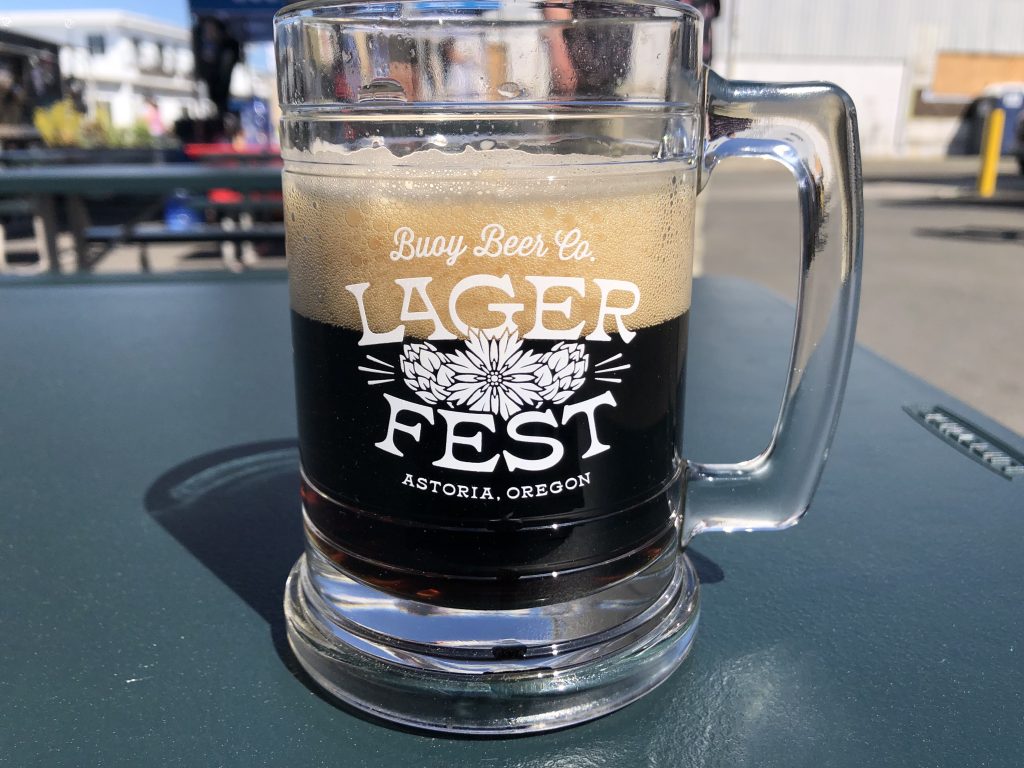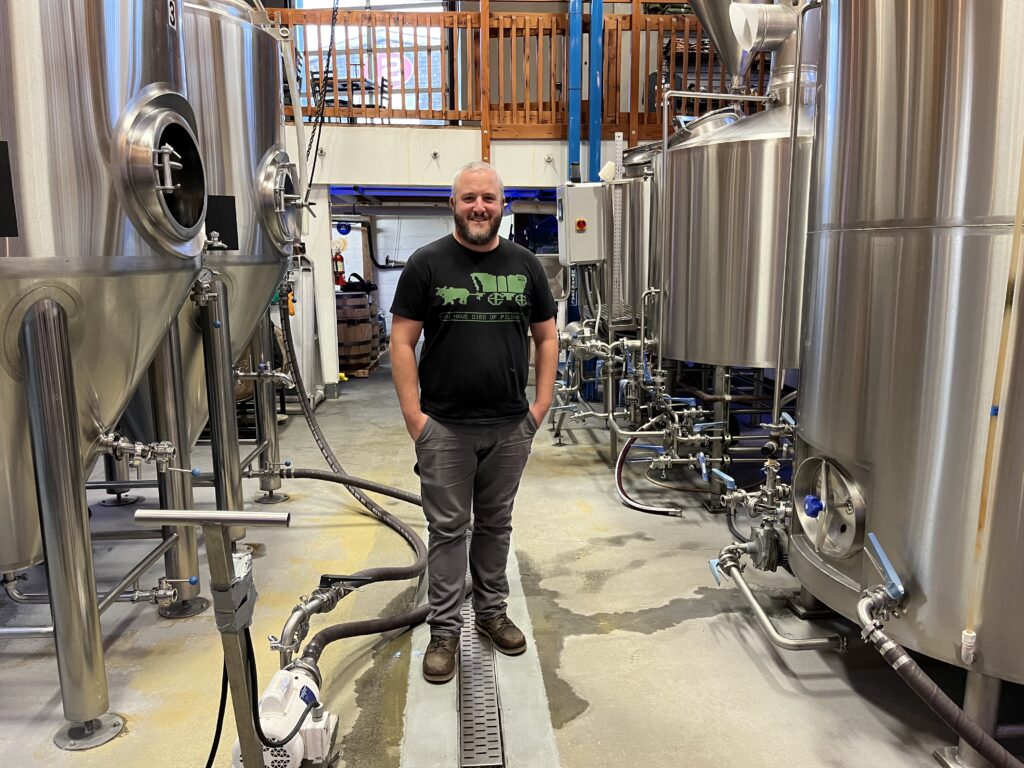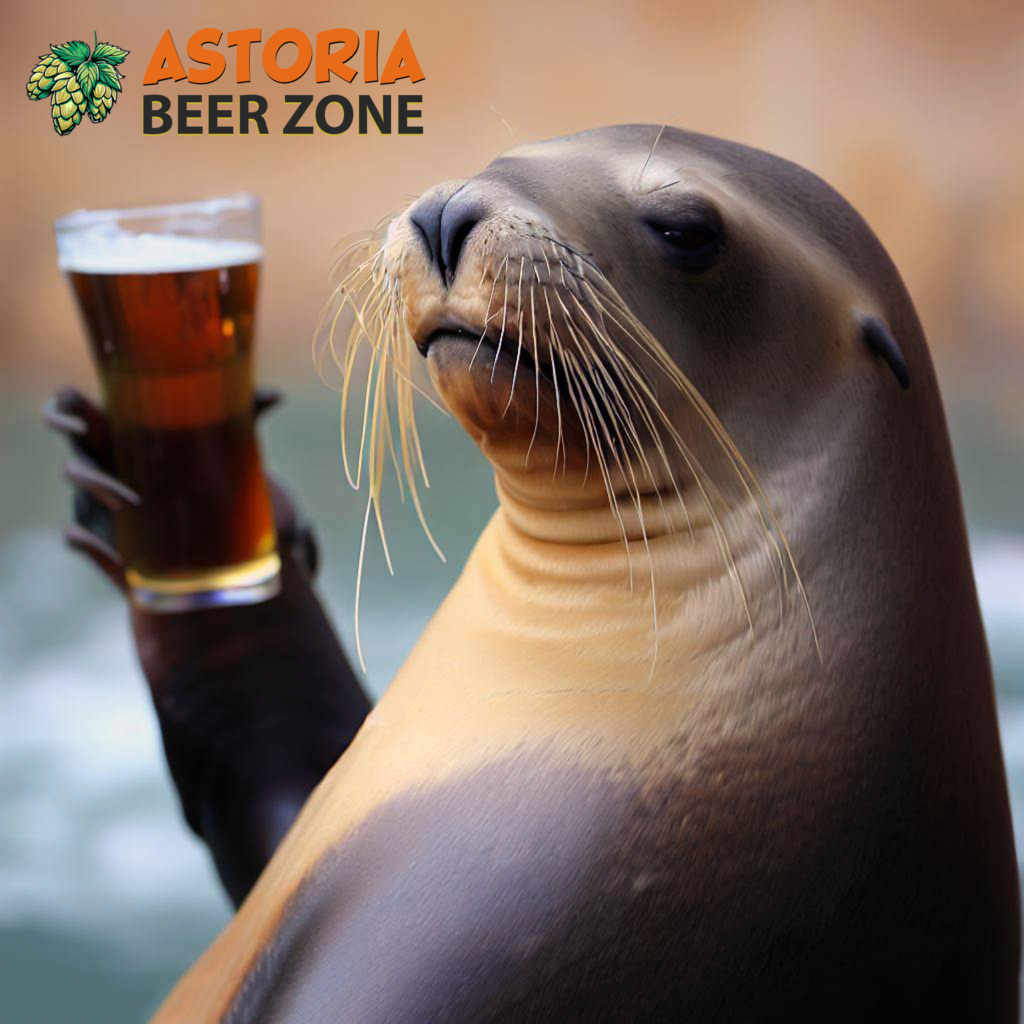BY WILLIAM DEAN
An Astoria brewery recently released an IPA that stands out simply because it doesn’t push the envelope.
There’s no new combination of emerging hops and extracts to create bold aromas and intense flavors. No cutting-edge brewing techniques used.
Instead, the coppery India pale ale serves as something of a time machine, taking drinkers back a generation.
Buoy Beer Co.’s aptly named Throwback IPA is an attempt to recreate an early 1990s version of the beer style: packed with hops and lip-puckeringly bitter, with no milky haze, tropical aromas or finishing sweetness.
The potent brew illustrates just how far American IPAs have evolved, adapting to ever-changing palates.
The prestigious Great American Beer Festival, which judges the nation’s best brews, didn’t even have an IPA category until 1989. Now there are hop-rich substyles galore, drawing a flood of entries.
For nearly 15 years, IPAs have reigned as the bestselling craft beer, claiming four out of every 10 sales today, according to industry figures.
That kind of public demand is hard to resist.
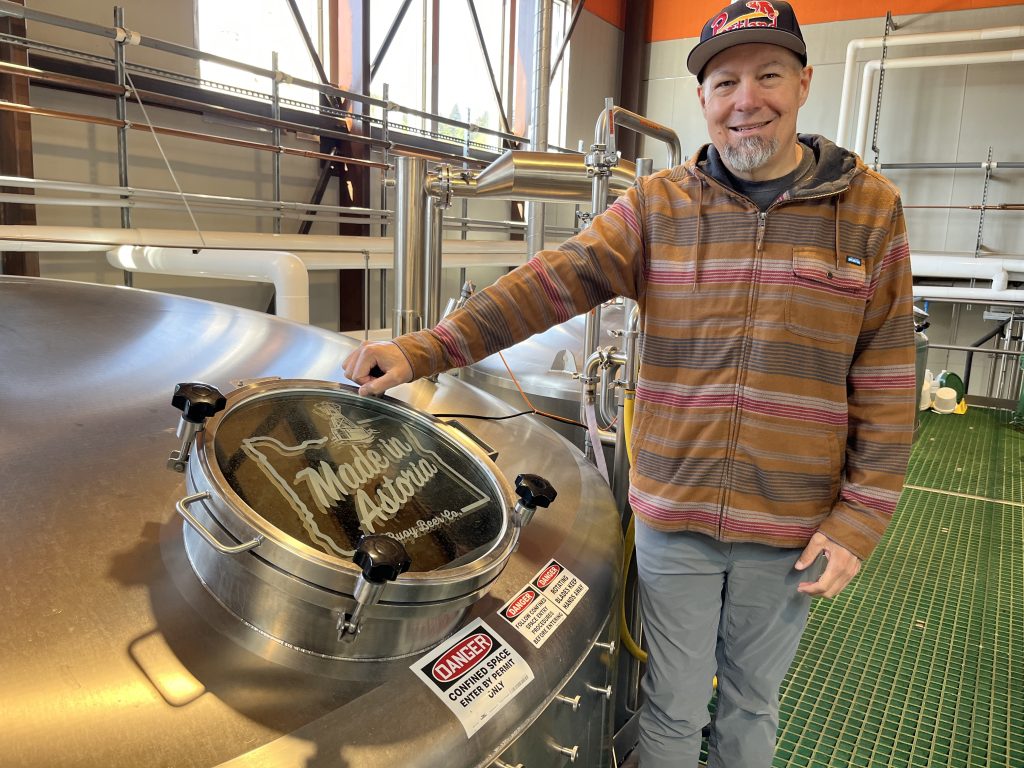
When Buoy opened on the waterfront in 2013, head brewer Kevin Shaw wanted to focus on “classic lagers.” So did the owners. On the original taplist, there were no IPAs.
But Shaw, now director of production, quickly realized it was folly to ignore what so many beer drinkers craved. Buoy IPA was released, becoming an immediate hit.
“It’s been the No. 1 seller,” he says. “You have to pay the bills, so …”
__
By beer standards, IPAs don’t have a long history.
The first heavily hopped pale ales were created in England roughly 230 years ago.
IPA got its name from the specially modified ale shipped to British troops in colonial India in the early 1800s. To prevent the brew from spoiling on the long sea voyage, brewers stuffed the batches with extra hops.
The new ale was a minor marketing success but remained largely confined to Great Britain until the 1970s, when emerging American craft brewers began putting their stamp on traditional European beers, using homegrown ingredients.
On the West Coast, fragrant Cascade hops grown in Oregon became the early signature of the style, in large part because the crop was both affordable and accessible.
The first American IPAs were bitter and strong, made with far more hops than the English variety. They were also worlds apart from the pale, low-alcohol, mass-produced lagers that had dominated the U.S. beer market for generations. (Budweiser and Modelo still do).
One of the first craft breakthroughs was San Francisco-based Anchor Brewing’s Liberty Ale, which debuted in 1975, using Cascade hops. It’s considered the first example of what is now known as a West Coast IPA.
But few brewers thought IPAs would catch on 50 years ago. Many considered it a niche beer.
Two major breakthroughs changed that: hop farms and breeders created new strains that were more aromatic and flavorful; and brewers figured out how to balance out the bitterness with heavy, sweet malt bases and advanced techniques, such as dry-hopping (adding hops after fermentation).
None of that would have mattered, of course, if tastes hadn’t also changed. They did, in a big way.
Shaw remembers making groundbreaking IPAs at BridgePort Brewing in Portland 26 years ago. Some 75 pounds of hops went into each batch – much more than any other style, he says.
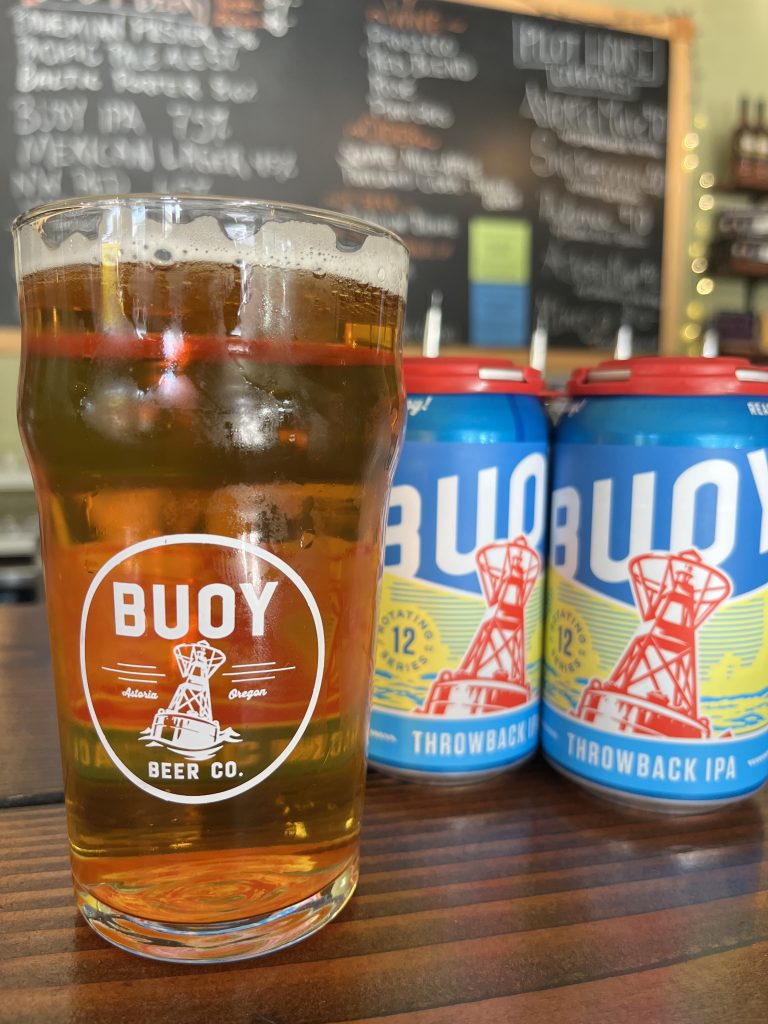
Other West Coast brewers noticed and kept trying to turn up the volume. Call it the hoppy beer “arms race.”
“There was more bitterness, more bitterness, more bitterness,” Shaw recalls. “Those weren’t really pleasant beers, if we’re being honest about it. Thankfully, there was a transition. Once aromatics and flavors started to be prioritized over the bitterness, things kind of swung the other way. We started getting those balanced beers.”
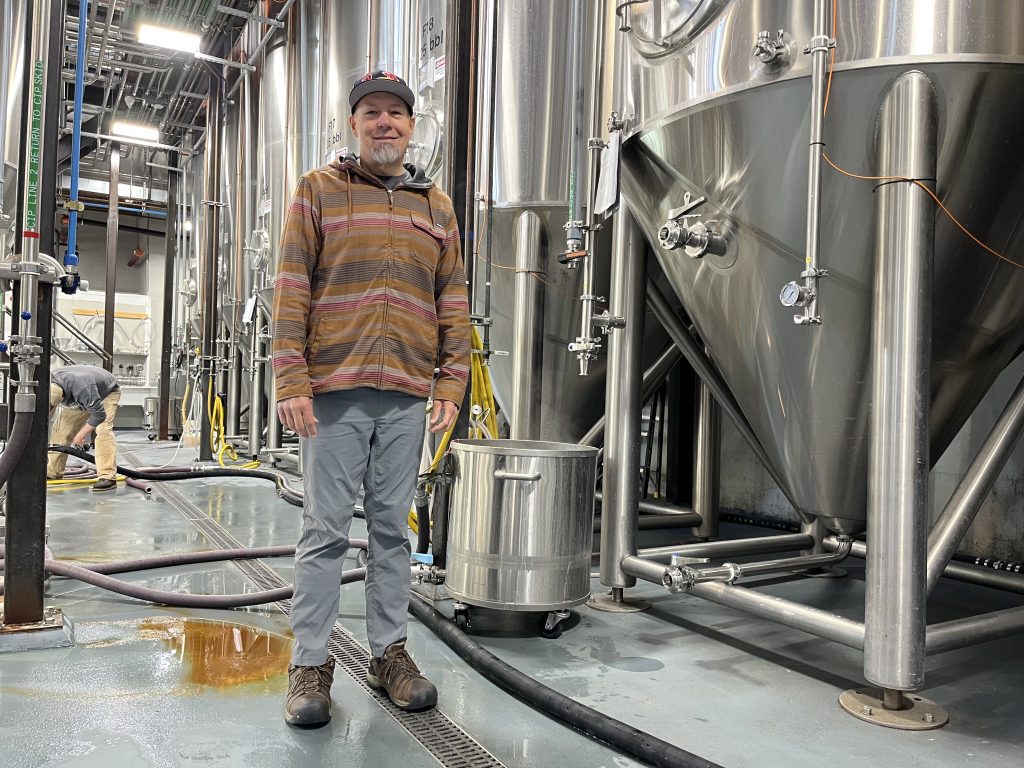
By the 2000s, American IPA brewers were embracing ever-more aromatic and flavorful hop varieties, including Simcoe, Amarillo and Citra. A flavor revolution ensued.
While the volume of hops used per batch continued to rise, detectable bitterness dropped, creating smoother, juicier and more fragrant beers. Distinct substyles also emerged.
Hazy (or Juicy) IPAs became a huge hit with consumers, characterized by a shift to tropical flavors and a smoother finish. “Hazies” became an enticing introduction to craft beer for many due to its softer, creamier taste.
IPAs have now evolved to the point that substyles straddle nearly every beer category. Some sip like lagers, others like sours and stouts. They come in all colors. There’s even something called Brut IPA that tastes and looks a bit like champagne.
What will the future hold?
Some brewers predict a swing toward lower-alcohol “session” IPAs that retain hop flavor and aroma. That’s already happening with Ballast Point Brewing’s Even Keel and Sierra Nevada’s Nooner Session.
Is it another pendulum swing or something more long-term? Nobody seems to know.
Buoy’s Shaw, though, is fairly certain about one thing: IPA is the king of craft beer, and the throne is secure.
“I have a tough time seeing another style knocking it off its pedestal,” he says.
__
When Vortex was introduced by newly founded Fort George Brewery 18 years ago, the “hop-forward” IPA was an instant success.
In the years since, the Astoria brewery has released dozens of other IPAs, some of them capturing major awards. But none has eclipsed Vortex as a perennial sales leader.
If you thought the Vortex recipe has remained the same, as in don’t mess with success, you’d be wrong. It’s been constantly changing, much like the beer style itself.
The trick is to have Vortex fans think it’s the same.
“What you’re doing is making that beer taste the same to them even though it’s different,” says Michal Frankowicz, Fort George’s head of brewery operations.
The original Vortex tasted more bitter than the current version, with less aromatic qualities. Today’s recipe uses a different combination of hops that are more flavorful with a smoother mouthfeel.
“Everybody is going to think that Vortex has been the same bitterness, but originally it was really, really high,” Frankowicz says.
A typical IPA today is made with three times the hops per barrel than even 20 years ago, he says, but the key ingredient is more flavorful than ever due to horticultural advances.
“Even the concept of getting mango or passion fruit [flavors] out of a hop 20 or 25 years would be insane to think about,” Frankowicz says, shaking his head. “We have a hop right now that when we did sensory on it, it was blueberry cheesecake.”
There’s no way of knowing which way trends will swing, from bitterness to sweetness and back again, so Fort George monitors closely which IPAs are selling best. In-house recipes are adjusted. Sensory panels offer crucial feedback.
“It’s a constant evolution. Almost monthly,” Frankowicz says. “How the bitterness is handled is very, very important.”
Astoria Brewing Co. opted not to adjust the recipe for its Bitter Bitch Imperial IPA, considered by many to be the most biting brew on the North Coast.
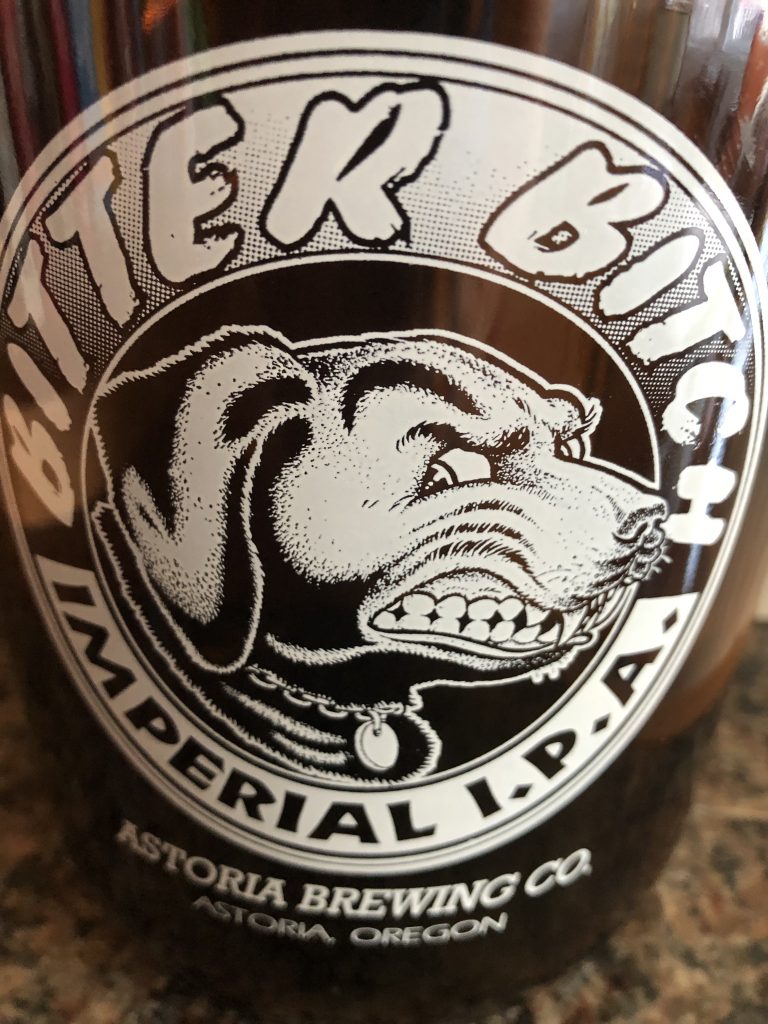
The beer had a cult following for more than 20 years, but as consumer tastes changed, sales plunged.
A few years ago, Bitter Bitch and its snarling dog logo were unceremoniously retired. The brewery’s next IPAs would reflect modern tastes. A juicy. A hazy. A West Coast.
To nobody’s surprise, they sold well.
This story originally appeared in the July issue of HIPFiSH Monthly.

